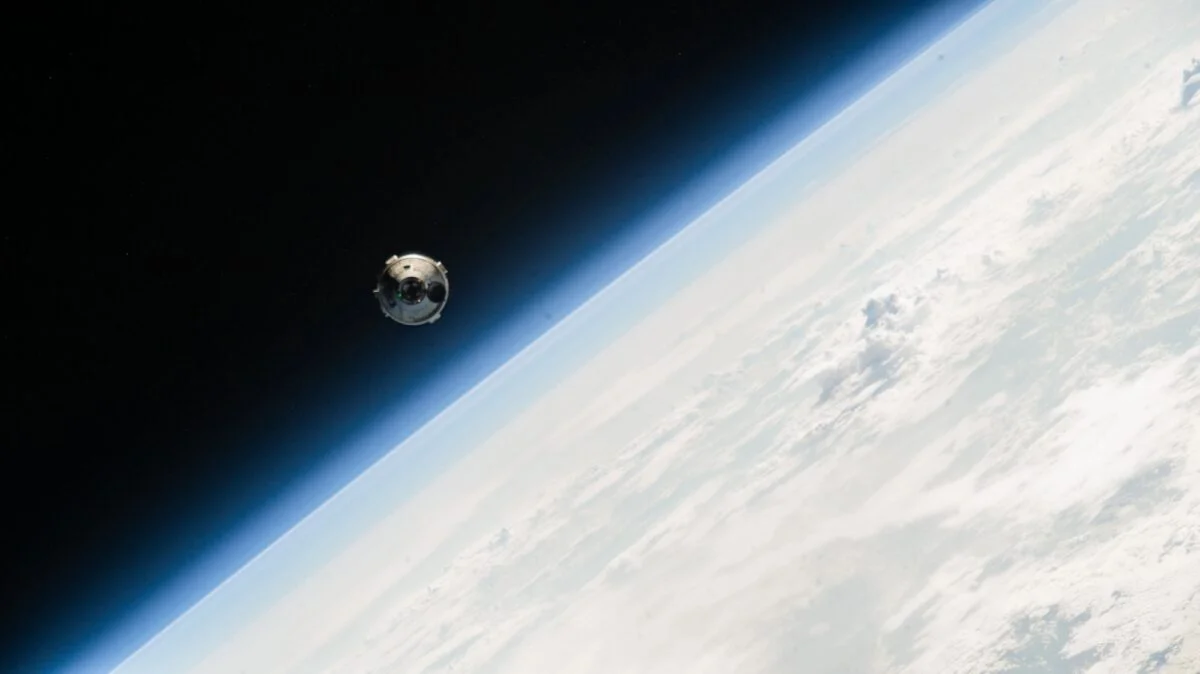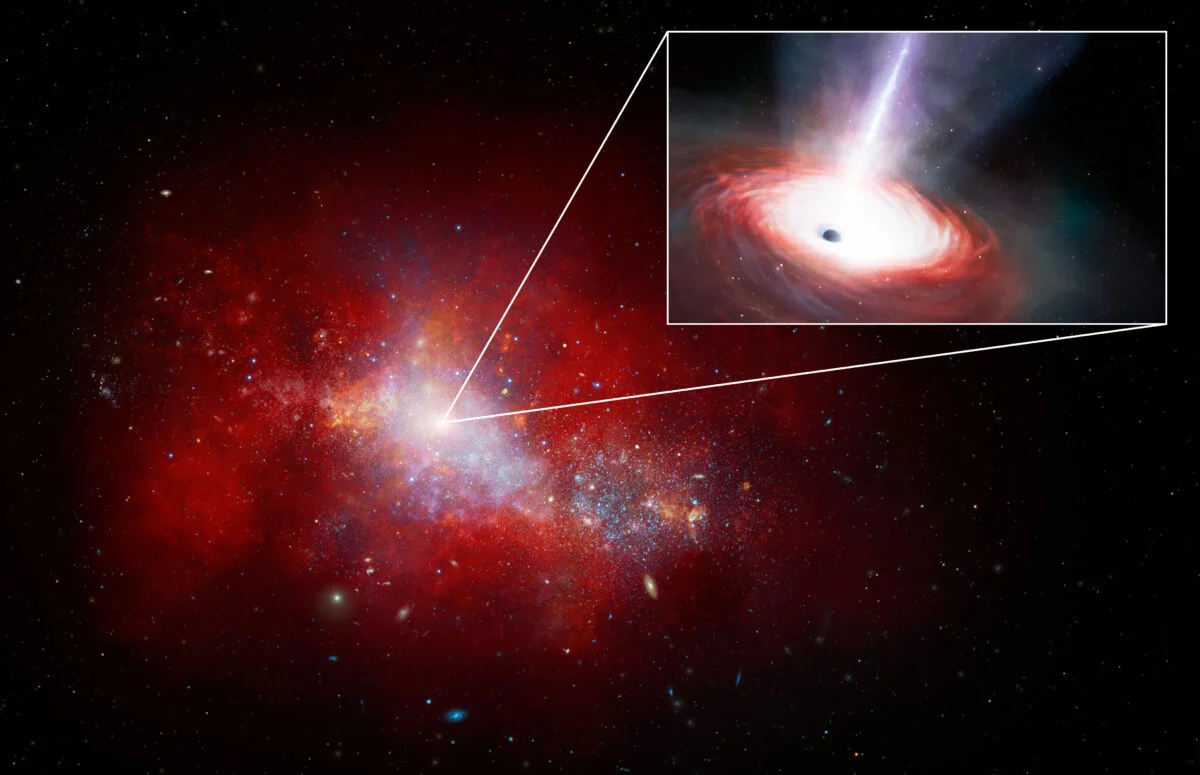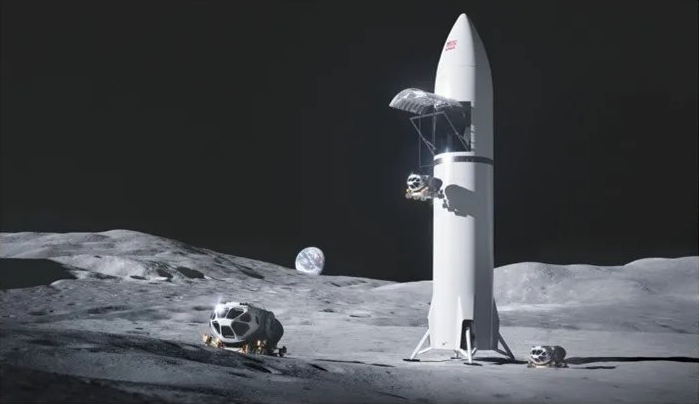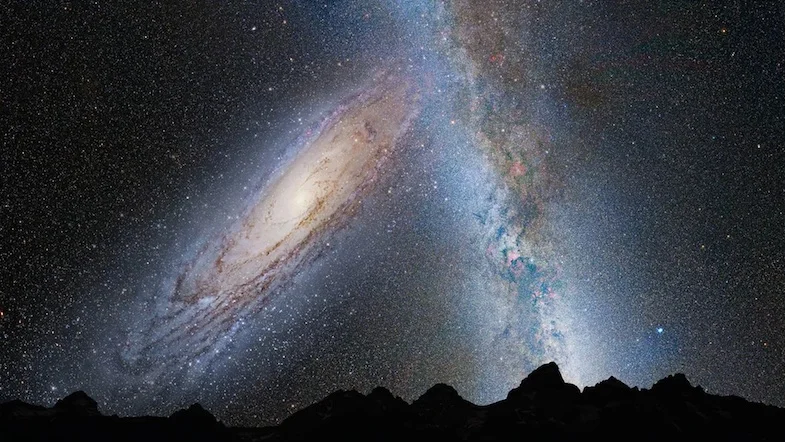
The Past, Present, and Future of Boeing in Space
- Space Exploration
- October 9, 2024
- 669
Although Boeing’s future in space exploration remains uncertain, its legacy has profoundly shaped humanity’s journey beyond Earth. From Apollo to Artemis, the company has been integral to some of NASA’s most iconic programs, but recent challenges have cast doubt on its continued role in this sector.
A Challenging Present
In October, The Wall Street Journal reported that Boeing might exit the space business to refocus on commercial aviation and defense. This decision would come amidst a series of setbacks, including the troubled Starliner program. Initially awarded a $4.2 billion NASA contract in 2014 to develop the Starliner crew capsule for the International Space Station (ISS), Boeing faced repeated delays and technical issues.
A failed uncrewed test flight in 2019, propulsion system malfunctions, flammable adhesive tape, and parachute safety concerns have all plagued the program. Even the capsule’s first crewed flight, originally scheduled for mid-2023, was beset by helium leaks and reaction control system failures, delaying its astronauts’ return until February 2024.
These issues compound a string of public relations blows for Boeing, which is still recovering from fatal crashes of its 737 Max aircraft in 2018 and 2019 and a recent machinists’ strike that halted jet production. The Starliner’s uncertain future jeopardizes Boeing’s commitment to six more ISS crew-rotation flights before the station’s planned retirement in 2030.
A Historic Legacy
Despite recent struggles, Boeing’s contributions to space exploration are unparalleled. The company’s involvement began in the 1960s when it built the S-IC first stage of the Saturn V rocket, which launched Apollo astronauts to the Moon. At 138 feet tall and capable of producing 7.7 million pounds of thrust, the S-IC powered historic missions, including the launch of Skylab, America’s first space station.
Boeing also developed the Lunar Orbiters that mapped the Moon’s surface, aiding Apollo landing site selection, and the Lunar Roving Vehicle (LRV), which expanded astronauts’ mobility during the final three Apollo missions.
Innovations Across Decades
Boeing continued to make its mark in the decades that followed. It played a key role in developing the Space Shuttle and its solid-fueled Inertial Upper Stage, which enabled missions to Venus, Jupiter, and the Sun. The company also contributed to planetary exploration with Mariner 10, the first spacecraft to visit Mercury.
In recent years, Boeing has been central to NASA’s Artemis program, constructing the core stage and upper stages of the Space Launch System (SLS) rocket. The SLS launched the uncrewed Artemis I mission in 2022 and will carry astronauts around and to the Moon in upcoming Artemis missions. Boeing’s role includes building the Exploration Upper Stage, designed to support crewed missions and lunar space station assembly starting with Artemis IV.
The ISS and Beyond
Perhaps Boeing’s most enduring achievement is its contribution to the ISS. As the station’s prime contractor since 1995, Boeing built critical components, including the Unity node, Destiny lab, and solar arrays. For over 25 years, the ISS has been a hub of international cooperation and scientific discovery, hosting more than 2,500 experiments and nearly 300 astronauts.
The company’s experimental projects, like the X-37B autonomous spaceplane and canceled X-38 mini-shuttle, highlight its commitment to innovation. The X-37B, which has completed six missions, represents a significant achievement in reusable space technology, capable of long-duration flights and autonomous runway landings.
An Uncertain Future
Boeing’s potential exit from the space sector would mark the end of a remarkable era. Yet, whether the company chooses to pivot or persist, its impact on space exploration is undeniable. From enabling the first lunar footsteps to laying the groundwork for humanity’s return to the Moon, Boeing’s contributions will resonate for generations.
Whatever lies ahead, Boeing’s storied history in space serves as a testament to the possibilities of human ingenuity and ambition.



